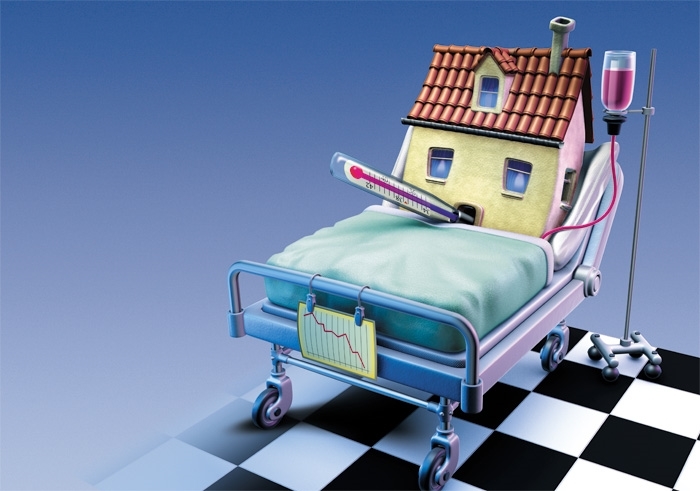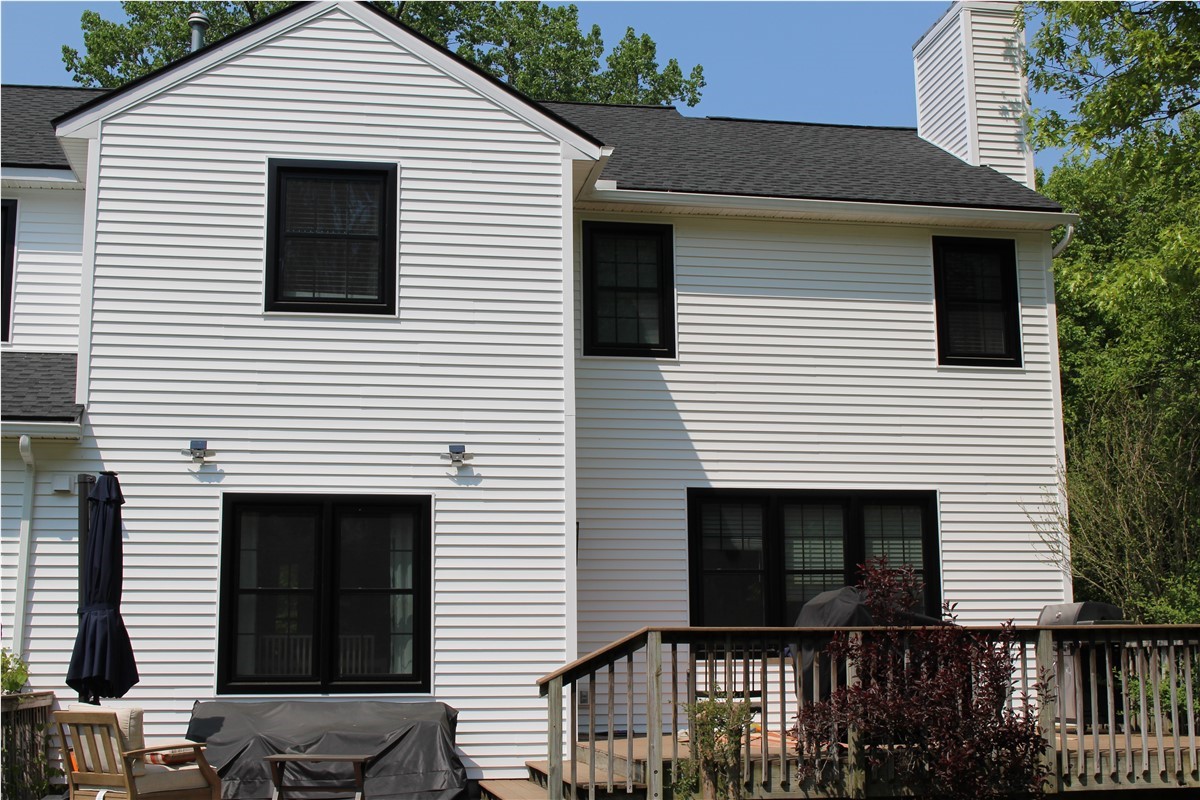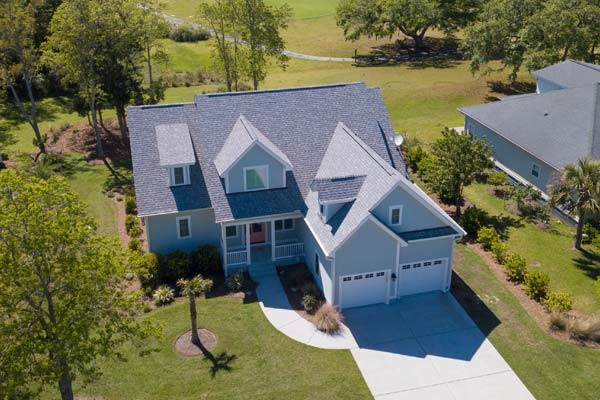
Is Your Home Making You Sick?
Do you live in an older home? Are you constantly waking up with a mysterious cough? Does the idea of remodeling your home scare you because you’re afraid of what you might find behind the walls? Or are you simply curious what hidden indoor pollutants might be in your home? Ever think about what could be lurking in your bathroom? Sick Building Syndrome can happen in any building where you spend a lot of your time. Coughing, wheezing, headaches, and skin irritation are common symptoms, and common causes are a lack of proper ventilation and poor cleaning or neglect. One simple solution is to open your windows on a weekly basis and to start a regular cleaning schedule. However, this might not solve all of your problems. If you live in a home that’s even a couple of years old, chances are there might be some strange toxins lurking behind closed doors. But don’t panic! Almost all mild toxins can be mitigated or removed from the home. You just have to know where to look and who to call!
1. Mold
Mentioning black mold or toxic mold is a sure-fire way to grab someone’s attention. But how common is it? According to Home Advisor, if you find mold in your home the best remedy is not just to remove the mold, but remove the source of the moisture too. Although most mold species are not as “aggressively toxic” as black mold (some researchers say only 50 out of 100,000 mold species are truly toxic), mold, in general, can release small amounts of mycotoxins that can be harmful to children, the elderly, and those with a compromised immune system. It can also cause chronic sinus congestion in otherwise healthy adults and has been known to cause headaches, wheezing, and allergic reactions. Mold can exist in multiple areas throughout the home, many of which might be hidden. If you smell a musty scent coming from your walls, or have any leaky pipes, be sure to check out the surrounding areas for mold growth and remove it (and the leak) promptly. A great way to prevent mold build up is to increase light in the room and keep the area dry. Mold doesn’t do well in arid environments, so keep your windows open to help rooms air out after taking a shower or doing dishes.
2. Lead Paint
If your home was built prior to 1978, there is a chance that your walls are coated in lead paint. It was a fairly common ingredient at the time, but eventually produced some serious health problems in children. WebMD suggests getting your home checked for lead paint. For more information, call the National Lead Information Center at (800) 424-LEAD, or visit the EPA's web site at www.epa.gov/lead/leadpbed.htm.
3. Asbestos
Another common toxin in older homes is asbestos, which was a common form of insulation between 1920 and 1978. Since then, many homes have had remodels and re-insulation to help remove the dangerous material, which is known to increase a person’s risk for cancer. Removal must always be done by a professional. If you think you have asbestos in your home, call the Consumer Product Safety Commission at (800) 638-CPSC, or visit the EPA's web site at www.epa.gov/opptintr/asbestos/ashome.htm#4. Once you get it removed, a professional can properly install new insulation material to help keep your home weatherized.
4. Pipes
There are a couple of serious issues that can spring up from outdated pipes. For one, lead and other carcinogens in the water can build up over time, making your tap water toxic to your body. Replacing pipes, and regularly checking with your local water supplier (who should perform regular quality checks) can help you personally keep track of what you’re drinking. Equally important is to check your pipes regularly for leaks. Even small drips can result in mold build up, which can be damaging to your lungs. The most common area for leaks to go unnoticed is in your walls, but your nose can be your best tool to finding any potentially bad areas. If a room smells musty or your walls feel a little damp, call in an expert to assess the situation.
5. Bathroom
Bathrooms are another area that can be especially vulnerable to mold build up. Luckily, with some light and proper ventilation and windows, as well as the occasional squeegee, you can prevent most mold from cropping up. However, if you don’t have a vent in your bathroom, chances are mold is hiding in some of the darker corners. Additionally, regularly wash and clean items in your bathroom. Especially your bathroom mat, which can act as a perfect breeding ground for mold, bacteria, and yeast. Allowing these microorganisms to grow and live in your bathroom can cause small to moderate symptoms of Sick Building Syndrome: including headaches, coughing, asthma, and more severe allergic reactions.
6. Carpets, Vacuum, and Drapes
Carpets, blinds, and drapes are a major magnet for household allergens, but unless you have a really powerful filter on your vacuum, cleaning them might be a bust! Without a strong HEPA (High-Efficiency Particulate Air) filter on vacuums, many allergens will be pushed out through the product’s vent, meaning your air will be filled back up with dander and dust. HEPA filters trap that air, preventing dander from escaping. If you’re constantly sneezing after trying to clean your carpets or blinds, invest in a better vacuum, or have a professional step in to do a more thorough cleaning.
7. Bedsheets and Furniture
If you don’t wash your sheets on a regular basis, chances are they are full of dander and dust mites. Dust mites are small microbiotic organisms that thrive off of human dander and our body heat. They may be tiny (they are not visible to the naked eye), but they can wreak serious havoc by increasing allergic reactions to dust. To prevent them from populating, wash your sheets on a regular (some say weekly) basis, and dust and vacuum regularly. Like mold, these little guys also thrive in dark and closed off areas, so keeping your room ventilated and opening up your windows might help keep them at bay. You can also buy special plastic covers for your furniture to prevent them from affecting your health.
Take Measures to Prevent or Remove Hazardous Materials in Your Home
Between leaky pipes, building materials from before 1978, or your regular use of your bathroom, there are various areas that can become a breeding ground for mold and other hazards. When the time comes to revamp that old moldy bathroom or replace leaky windows, Comfort Windows & Doors takes extensive measures to remove any hazardous areas before performing any installs. To learn more about our installation process or if you have any questions regarding how to remove mold or any other hazardous materials before performing an installation, one of our experts can guide you through the entire process. Fill out a contact form or give us a call today to learn how Comfort Windows & Doors can revive your home.
Subscribe to the Comfort Windows & Doors Blog








Comments